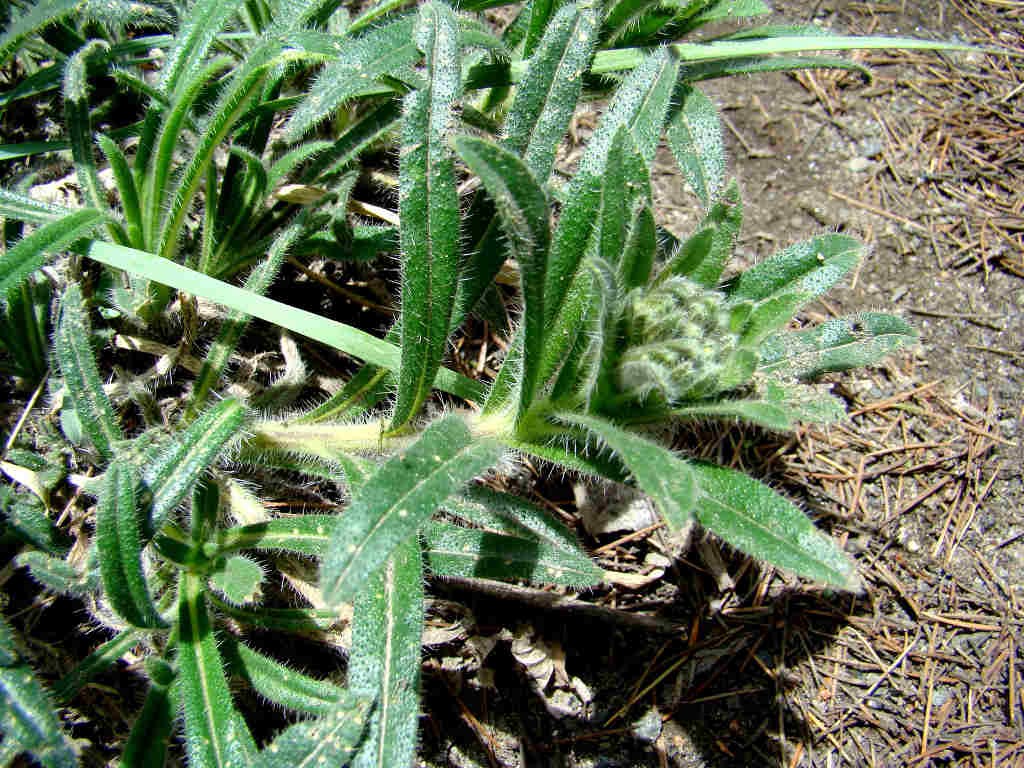
Arnebia euchroma( Pink Arnebia)
Arnebia euchroma, commonly known as Pink Arnebia, is a striking herbaceous plant native to the Himalayan region. Known for its vibrant pink flowers, this species belongs to the Boraginaceae family and thrives in the high-altitude zones of the Himalayas, particularly in areas like Himachal Pradesh, Uttarakhand, and Tibet. The plant’s rich medicinal properties and unique aesthetic appeal have made it a subject of interest in both traditional medicine and horticulture.
Habitat and Distribution
Arnebia euchroma is typically found at altitudes of 3,000 to 4,500 meters in the Himalayan foothills. It prefers well-drained, rocky soils in open meadows and scrubland areas with moderate to high rainfall. Its presence is often noted in the Great Himalayan National Park (GHNP) and other protected Himalayan regions, where it contributes to the biodiversity of the alpine ecosystem.
Botanical Characteristics
Pink Arnebia is a perennial plant that grows up to 30–60 cm in height. The plant has hairy stems with alternate leaves that are narrow and lance-shaped, giving it a distinct appearance. During the summer months, Arnebia euchroma produces bright pink to purple flowers, which are arranged in dense clusters at the tips of the branches. These flowers are a major attraction for pollinators, especially bees and butterflies, adding to the plant’s ecological importance.
Medicinal and Therapeutic Uses
Pink Arnebia has been used for centuries in traditional medicine due to its numerous health benefits. Its roots are the most valuable part of the plant, as they contain a compound called shikonin, a powerful dye and bioactive compound. Some of the key medicinal uses of Arnebia euchroma include:
-
Anti-inflammatory properties: The plant is commonly used to treat skin conditions, such as wounds, burns, eczema, and psoriasis, due to its ability to reduce inflammation.
-
Wound healing: Shikonin in the roots accelerates the healing of wounds and skin injuries, making it a valuable natural remedy.
-
Antioxidant benefits: The plant is rich in antioxidants, which help combat oxidative stress and may contribute to anti-aging effects.
-
Blood circulation: It is traditionally used to improve blood circulation and is believed to be beneficial in the treatment of varicose veins and circulatory disorders.
The roots of Arnebia euchroma are also used to produce a natural dye in certain regions, contributing to its commercial value.
Common name: Pink Arnebia
Botanical name: Arnebia euchroma Family: Boraginaceae
Ecological Role and Conservation
In addition to its medicinal benefits, Pink Arnebia plays an essential role in its natural habitat. It helps in soil stabilization, particularly in rocky alpine meadows where erosion is a concern. As a part of the alpine flora, it serves as a source of food and nectar for pollinators like bees, butterflies, and other insects.
The plant’s popularity in traditional medicine and local trade has led to concerns about overharvesting, particularly in unprotected areas. However, efforts are underway in protected areas such as the GHNP to ensure sustainable harvesting and preserve the plant’s population.
Conclusion
Arnebia euchroma (Pink Arnebia) is not only a botanical wonder with its beautiful pink flowers, but also a valuable plant for its medicinal properties. As the Himalayan region continues to face environmental pressures, protecting species like Arnebia euchroma is crucial to maintaining both biodiversity and the heritage of traditional herbal remedies. By ensuring sustainable harvesting and habitat protection within Himalayan national parks like the GHNP, the long-term conservation of this important plant can be achieved, benefiting both local communities and global medicinal practices.



